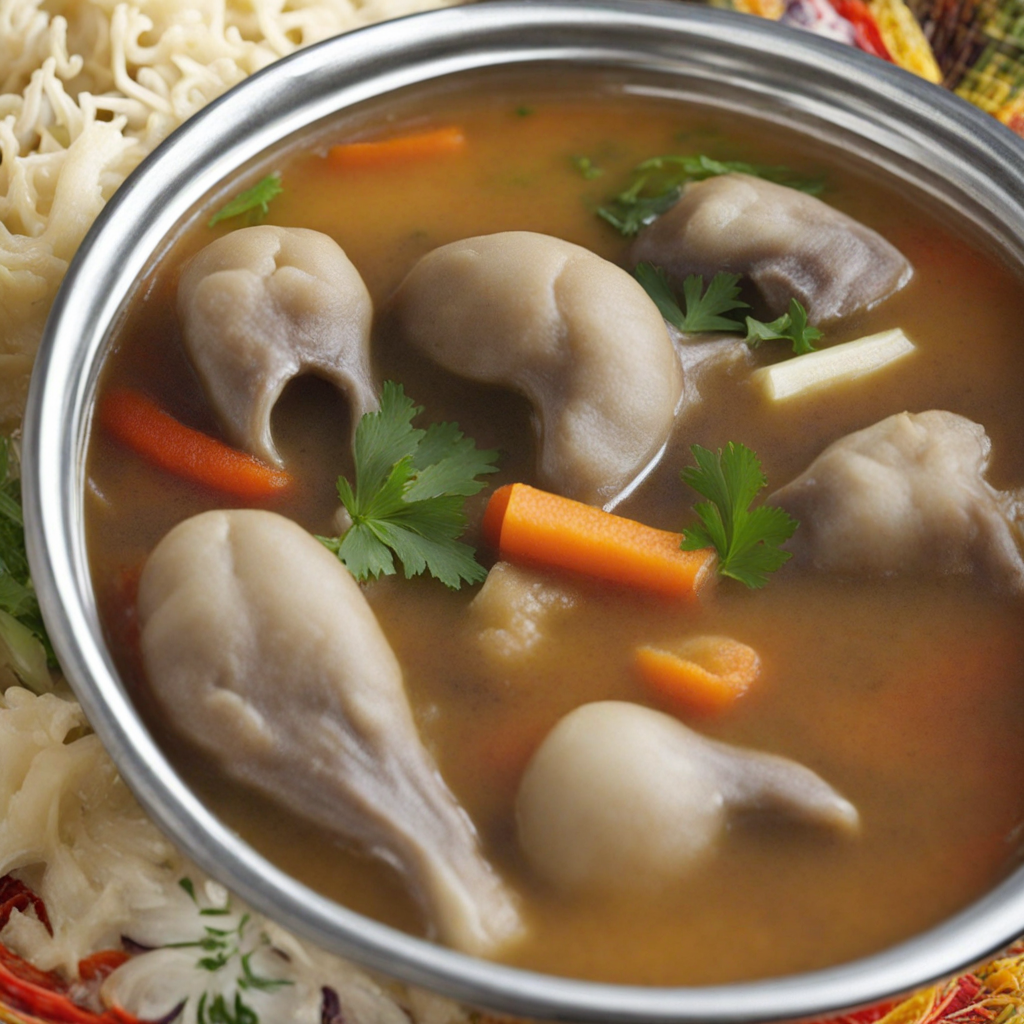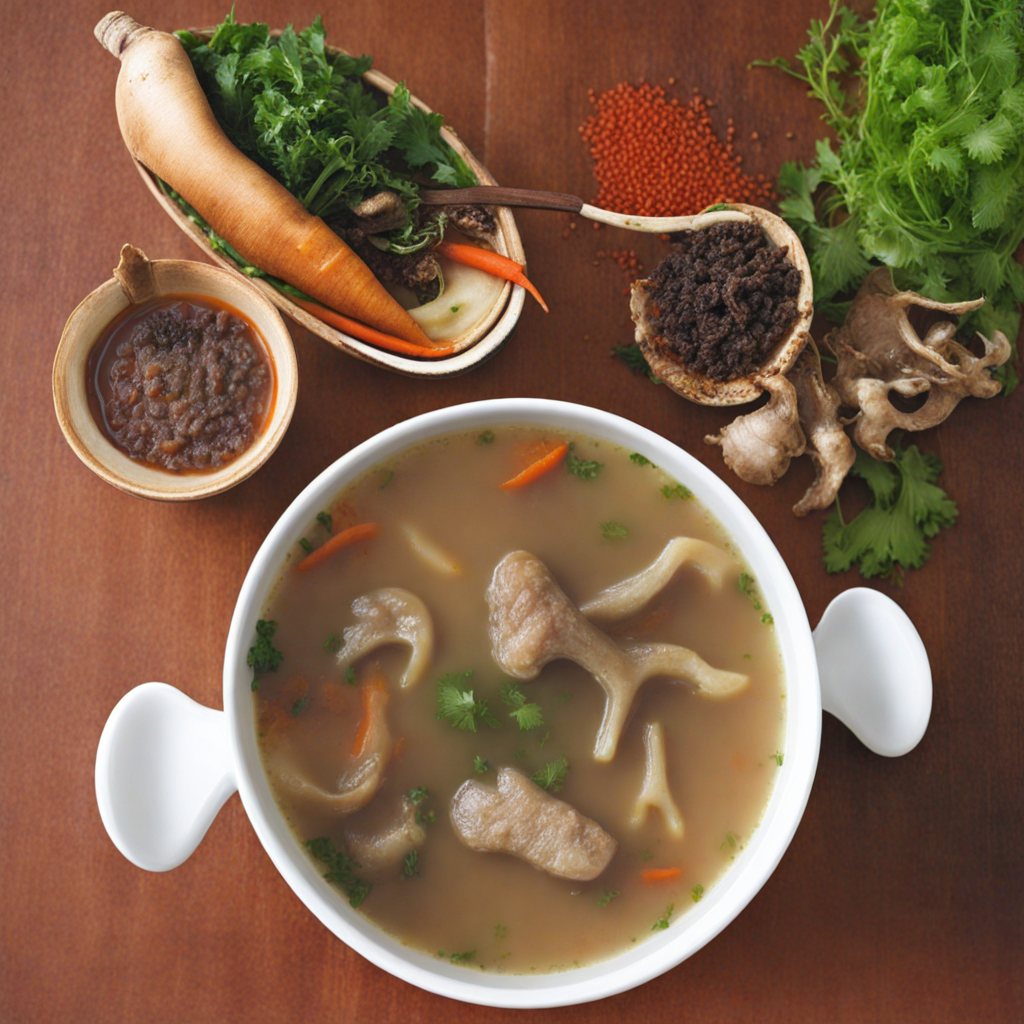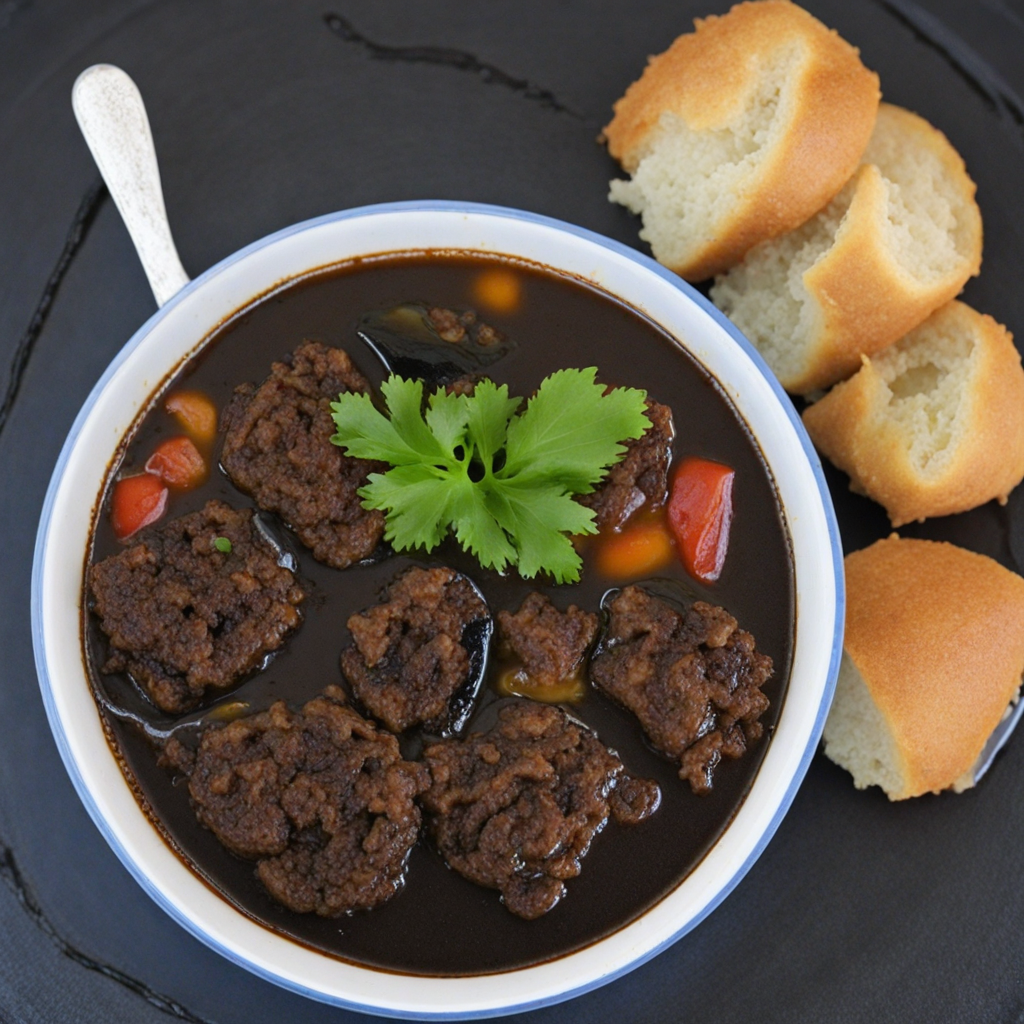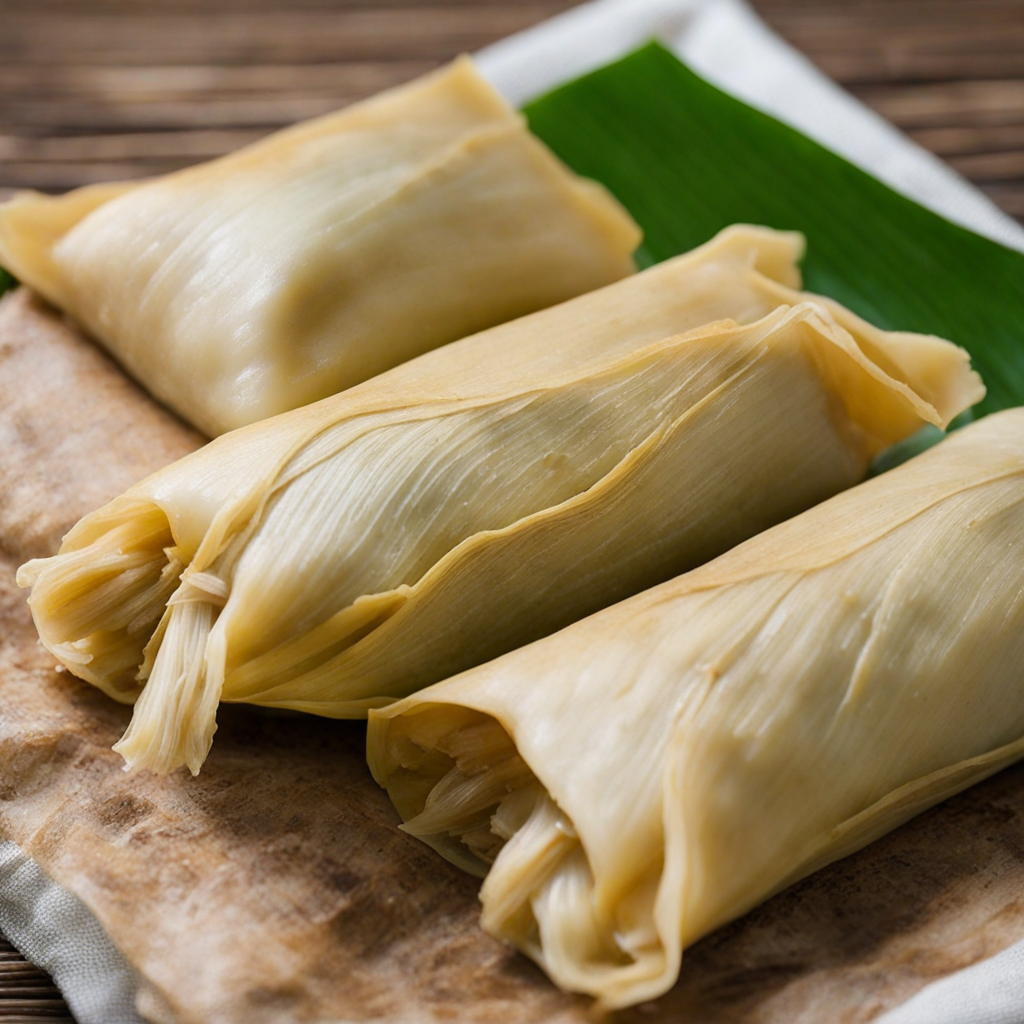Cow Foot Soup
Cow Foot Soup, a beloved dish in Belize, is a hearty and flavorful soup that showcases the unique culinary traditions of the country. The main ingredient, cow feet, is simmered slowly to extract rich flavors and create a gelatinous texture that adds body to the broth. This dish is often seasoned with a blend of local spices, herbs, and vegetables, such as onions, garlic, and bell peppers, which contribute to its aromatic profile. The long cooking process allows the collagen from the cow feet to break down, resulting in a warm, comforting soup that is both nutritious and satisfying. The flavor of Cow Foot Soup is a delightful balance of savory and slightly spicy notes, with the richness of the broth complemented by the natural sweetness of the vegetables. Many cooks add additional ingredients like carrots, potatoes, and even dumplings to enhance the dish further. Each bowl is typically garnished with fresh cilantro or green onions, adding a burst of freshness that elevates the overall taste. Served hot, this soup is a perfect remedy for cooler days or a celebratory dish for gatherings, inviting everyone to share in its comforting embrace. For those adventurous eaters looking to explore Belizean cuisine, Cow Foot Soup is not just a meal; it is a cultural experience. It reflects the resourcefulness of Belizean cooking, where every part of the animal is utilized, creating a dish that carries both tradition and flavor. Enjoying a bowl of Cow Foot Soup offers a glimpse into the heart of Belizean life, where food is meant to be shared, and every bite tells a story of community and heritage.
How It Became This Dish
The History of Cow Foot Soup in Belize Cow Foot Soup, a beloved dish in Belize, is not just a culinary delight; it is a tapestry of history, culture, and community. This hearty soup, made primarily from the hooves of cattle, reflects the resourcefulness of Belizean cooking and the deep-rooted traditions that have evolved over centuries. #### Origins The origins of Cow Foot Soup can be traced back to the indigenous Mayan communities who were among the first inhabitants of Belize. The Mayans had a profound respect for the land and its resources, utilizing every part of the animals they hunted or domesticated. With the arrival of European settlers in the 16th century, particularly the Spanish, the livestock trade began to flourish, and cattle ranching became a significant part of the economy. The introduction of beef into the local diet coincided with a growing tradition of using the entire animal for sustenance, leading to the creation of various dishes that utilized less popular, often overlooked parts, including the feet. Cow feet, rich in collagen and flavor, were typically regarded as a humble ingredient. In many cultures around the world, such cuts of meat were considered peasant food, but in Belizean cuisine, they transformed into a symbol of comfort and community. The soup became a staple in Belizean households, especially among the Creole population, who adapted African culinary traditions to local ingredients, creating a dish that was hearty, nourishing, and deeply satisfying. #### Cultural Significance Cow Foot Soup holds a special place in Belizean culture. It is more than just a meal; it is often served during gatherings, celebrations, and even during times of mourning. In many Belizean families, the preparation of this soup is a communal activity, bringing together relatives and friends. The act of cooking and sharing food fosters a sense of belonging and continuity within the community. The soup is traditionally prepared on special occasions, such as holidays or family reunions, where it serves as a reminder of shared history and cultural heritage. It is often accompanied by rice or corn tortillas, making it a complete meal. The communal aspect of sharing Cow Foot Soup underscores the values of hospitality and togetherness that are intrinsic to Belizean life. In Belize, food is a reflection of identity, and Cow Foot Soup embodies the blend of cultures that characterize the country. The dish is enjoyed by people of various ethnic backgrounds, including Creole, Garifuna, Maya, and Mestizo, highlighting the multicultural fabric of Belize. Each group brings its unique spices and cooking techniques, enriching the soup's flavor profile and ensuring its place in the culinary landscape of the nation. #### Development Over Time As Belize has evolved, so too has Cow Foot Soup. Its preparation and ingredients have adapted to changes in society, economy, and taste. In the 20th century, with the rise of tourism and globalization, the dish began to attract attention beyond its traditional roots. Chefs and home cooks alike began experimenting with spices and ingredients, introducing new flavors while still honoring the classic recipe. Modern variations of Cow Foot Soup may include additional ingredients such as carrots, potatoes, and a medley of spices like allspice, thyme, and garlic. These enhancements not only add nutritional value but also cater to contemporary palates. Despite these innovations, the essence of the dish remains intact; it is still a slow-cooked soup, allowing the flavors to meld and the collagen from the cow feet to create a rich, velvety broth. The popularity of Cow Foot Soup has also inspired the emergence of food festivals and culinary events in Belize, where chefs showcase their interpretations of this traditional dish. These events celebrate Belizean culture and encourage the younger generation to engage with their culinary heritage. The soup has become a symbol of national pride, representing the resilience and resourcefulness of the Belizean spirit. In recent years, with the rise of the farm-to-table movement, there has been a renewed interest in traditional foods and sustainable practices. Many Belizeans are returning to their roots, valuing local ingredients and traditional cooking methods. This revival has led to a greater appreciation for Cow Foot Soup as not just a dish but as a cultural artifact that connects people to their history and environment. #### Conclusion Cow Foot Soup is more than just a beloved dish in Belize; it encapsulates the rich history, cultural diversity, and communal values of the nation. From its humble beginnings as a means of utilizing all parts of the animal to its modern status as a symbol of Belizean identity, the soup reflects the resilience and adaptability of its people. As Belize continues to evolve, so too will Cow Foot Soup, ensuring that it remains a cherished part of the country’s culinary landscape for generations to come. In every bowl served, one can taste the essence of Belize—its history, its culture, and its heart.
You may like
Discover local flavors from Belize







